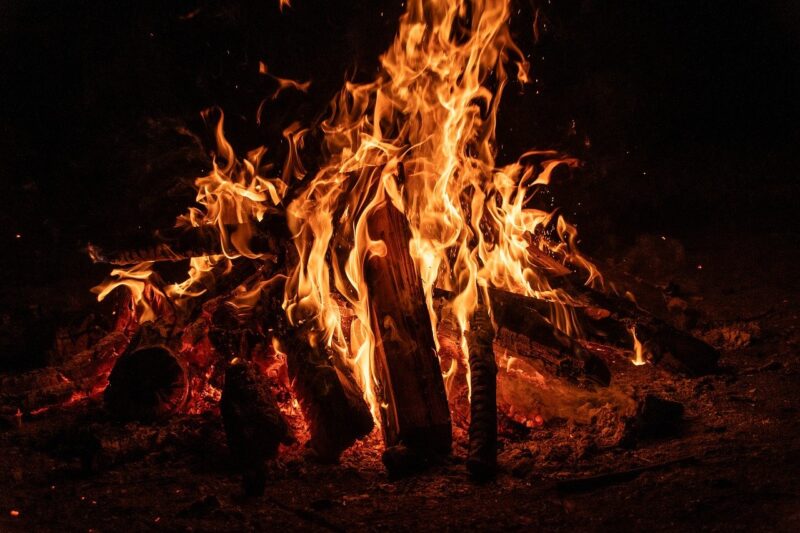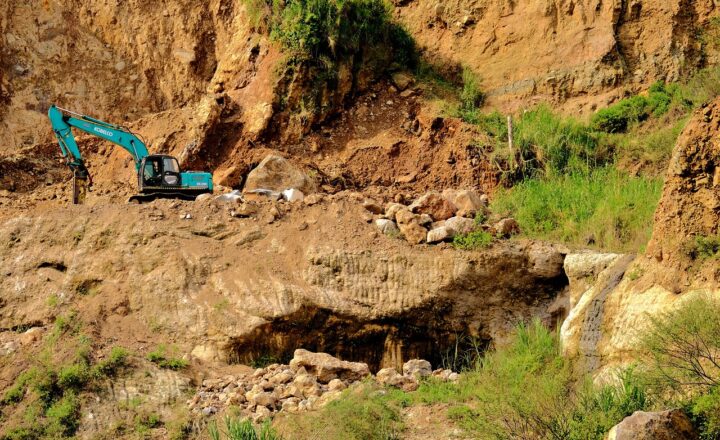How Early Societies Developed Rituals Around Fire That Connected Them to the Cosmos and Their Ancestors
November 17, 2024

Fire, one of humanity’s oldest tools, has played a pivotal role not only in survival but also in shaping the spiritual and social dynamics of ancient societies. As a source of heat, light, and protection, fire served practical purposes, yet it transcended mere utility; it became a profound symbol woven into the tapestry of human culture and spirituality. This article delves into how early societies used fire in rituals that connected them to the cosmos and their ancestors, setting the groundwork for community bonding, spiritual beliefs, and even the formation of early civilizations.
1. The Significance of Fire in Early Human Life
The discovery and control of fire marked a monumental leap in human evolution and societal development. Fire provided warmth in harsh climates, allowed for the cooking of food (which made it more digestible and nutritionally valuable), and served as a potent deterrent against predators. Yet, as early humans gathered around flickering flames, they began to ascribe deeper meanings to this elemental force.
2. Fire as a Cosmic Symbol
Fire was not merely a tool; it was viewed by many early cultures as a bridge between the earthly and the celestial realms. Many ancient civilizations perceived fire as being imbued with divine qualities, symbolizing the presence of the gods or the essence of the cosmos itself. This perception was likely tied to the observable phenomena associated with fire, such as light illuminating darkness, warmth symbolizing life, and the transformative power of flames.
For example, Roman culture celebrated Vesta, the goddess of the hearth, whose eternal flame represented the spirit of the Roman people. Other cultures, like the Zoroastrians, viewed fire as a purifying force that connected them to Ahura Mazda, the supreme deity who personified truth and light.
3. Rituals and Ceremonies: Connecting to Ancestors
Rituals surrounding fire transcended the mundane, fostering a connection to ancestral heritage. Fire was integral in various cultural rites, serving as both a physical and metaphysical means of communication with the past.
In many indigenous cultures, fire was central to rituals honoring ancestors. The act of maintaining a fire in ceremonial spaces was believed to invite ancestral spirits, creating a sacred environment for spiritual unity. Such practices were evident among Native American tribes, who would conduct ceremonies around fire to celebrate life events such as birth, coming of age, and death, reinforcing their ties to lineage and history.
4. The Role of Fire in Community Bonding
Beyond individual and spiritualistic meanings, fire acted as a communal focal point. Gatherings around the fire fostered social cohesiveness within early communities. Storytelling, a key element of cultural transmission, thrived around the warmth and light of the fire. Elders would share tales of ancestors and cosmic stories that imparted wisdom, ethics, and a shared identity among the group.
The communal experience of fire helped to forge connections, drawing individuals together and promoting a sense of belonging. It was around these fire-lit gatherings that traditions were born, songs were sung, and rituals took form—all pivotal in shaping cultural identities.
5. Cosmic Alignments and Celestial Observations
Fire also played a critical role in how early societies aligned themselves with the cosmos. Some ancient cultures used fire in their astronomical observations. For instance, the alignment of monolithic structures with celestial events—like solstices and equinoxes—was often observed through the lens of fire rituals.
Archaeological findings suggest that some ancient societies would light fires atop mounds or hillocks to mark specific celestial events, creating a cyclical connection between their rituals, society, and the greater universe.







